Blog » Coaching Models and Techniques » Family Constellation Therapy: The Definitive Guide
Family Constellation Therapy: The Definitive Guide
Family Constellation Therapy is a new-age method of group or individual therapy that people can use to heal themselves of past or present family trauma, or address generational issues.
Everything that you need to know about how the Family Constellation Therapy (FCT) treatment method was developed, what the process is, and who all can benefit from it, is discussed at length in this guide.

If you want to know more about:
- The fundamentals of FCT
- The history behind it
- Types of therapy involved in it
- Techniques used in FCT
- Benefits of FCT
- Various criticisms of the therapy
Then this guide is for you.
Don’t have time to read the whole guide right now?
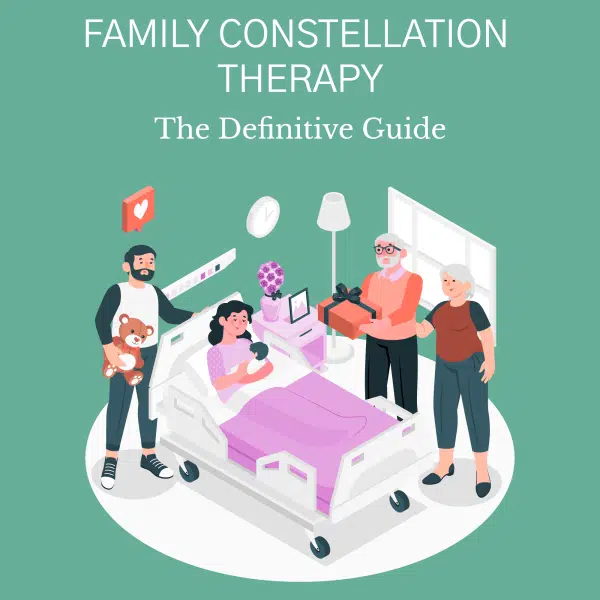
No worries. Let me send you a copy so you can read it when it’s convenient for you. Just let me know where to send it (takes 5 seconds)
Yes! Give me my PDFContents
Chapter 1:
The Fundamentals of Family Constellation Therapy
The dynamics present in your family, the relationships the members have with one another, and shared trauma, grievances, or generational problems, can often translate into different behavioral patterns that affect you as an individual. As we go on with the guide, I will teach you all that there is to know about how the Family Constellation Therapy method can be used to uncover, accept, and overcome any issues that you may have present in the family.

This chapter is about how the method was developed, who Bert Hellinger, the man behind the therapy is, and what Family Constellation Therapy is in general.
What is Family Constellation Therapy?
Before understanding what Family Constellation Therapy is, we need to first delve into what the term ‘family constellations’ means in general.
What does the term, Family Constellations, mean?
The term ‘family constellations’ was coined first by Alfred Adler, the founder of individual psychology. He used the term to define certain bonds and the relationships that family members have with one another in the same family tree. These bonds do not have to be within the same generation. They can exist across generations as well, which is what family constellation therapy aims to address.
A family constellation, according to Alfred Adler, is defined by the relationships the family members have with one another, their perception of each other, and their roles in the family. Each member of the family plays a part in shaping the values the child develops, the family dynamics, and sets a tone for the differences (age, cultural, gender) that will arise in the future.
Now that we know the concept behind family constellations, we can start to look into what Family Constellation Therapy actually is.
What is Family Constellation Therapy?
Family Constellation Therapy or Systemic Constellation Therapy, is an alternative approach to family therapy. The therapy was designed by German psychotherapist Bert Hellinger, who had been practicing family therapy in the 1990s. The approach behind the therapy is to address any and all concerns that lie within a family, or with an individual family member.
It explores the dynamics that family members have with each other, their perception of each other, and how any situations, events, or patterns impact their relationship in the family. The process aims to provide a fresh outlook to individual members of the family and refresh their existing perceptions of one another.
We have the general meaning of Family Constellation therapy and what family constellations are. Now we can take a look into who the psychotherapist who formulated the theory is, Bert Hellinger, and how he came to design the theory.
Who is Bert Hellinger?
Bert Hellinger was a psychotherapist and psychoanalyst who practiced family therapy in different settings and developed the Family Constellations Therapy method. He was actively involved with group dynamics and relationships from his early days, when he worked as a missionary in South Africa.
While Bert was on his journey to becoming a priest, he was also studying philosophy and theology at the University of Würzburg in Germany. He also got his degree in education which allowed him to teach for the 16 years he spent in South Africa as a missionary. He managed to learn about family and group dynamics in the time he spent there by relationships between the Zulu people.
After his time in South Africa came to an end, he returned to Germany to spend time researching and learning about psychoanalysis. He traveled to Vienna and the United States for this purpose.
This was fueled by his drive to understand more about how relationships within a family work, what the triggers are, and how the problems among family members can be solved.
He has toured, taken workshops and published various transcripts and books talking about his Family Constellation Therapy, right up until his passing in 2019.
The Origin of Family Constellation Therapy
Bert Hellinger’s influences began in his early days when he started to work as a missionary in South Africa. He observed their dynamics and carried his observations throughout his time while he was studying and practicing as a psychotherapist. His education also played a major role in the development of Family Constellation Therapy.
A lot of his influences came from different therapies that already existed in the 1980s and 1990s for family therapy. Some of his most impactful influences include the following therapies:
- Transactional analysis therapy
- Family sculpting
- Psychodrama
- NLP
- Transgenerational psychology
- Gestalt therapy
- Provocative therapy
- Holding therapy
Bert Hellinger never claimed to have founded Family Constellation Therapy. Instead, he used the learnings of the therapies mentioned above, combined them, and reshaped them to fit a new and non-traditional approach to family therapy, which is now known as Family Constellation Therapy.
Now that we have a better understanding of how Family Constellation Therapy came to exist, and who Bert Hellinger is, we can take a look at what the treatment process is in the next chapter.
Chapter 2:
The Process and Types of Therapy Involved in Family Constellation Therapy
Family Constellation Therapy takes a deeper look into how the past affects the present. It addresses various trauma issues, communication gaps, and any other stressors that may exist that impact the family’s dynamics negatively.
This chapter takes a look at the following:
- What the actual process of Family Constellation Therapy is and how it takes place
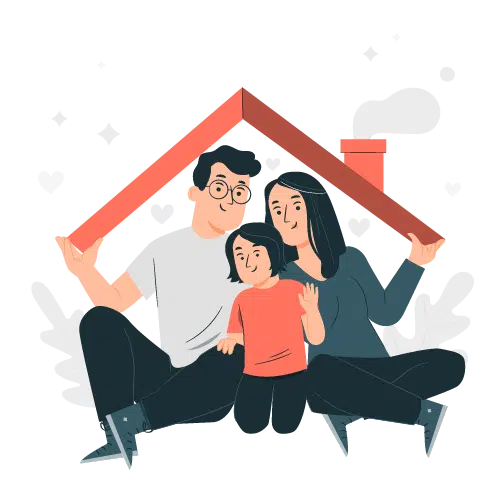
- The different types of Family Constellation Therapy that one can partake in
Read along to find out how the new age method of family therapy works for families and individual members of a family.
Process of Family Constellation Therapy
There are many elements involved in the Family Constellation Therapy process.
Let us take a look at those before understanding what takes place during a session.
- The first element is the seeker. The seeker is the one who needs to get an issue, or multiple issues solved, during the session.
- The second element is the facilitator. The facilitator is the therapist who organizes the therapy session and guides the members through it.
- The third element are the other participants. In a group therapy session, the facilitator will assign different roles to different participants of the group. An important thing to keep in mind here is that the group members are not the family members of the seeker.
Once the elements have been placed in the right environment, which is something that the facilitator adjusts till they feel like it’s right, the therapy process can begin.
The Process of Family Constellation Therapy
Typically, a Family Constellation session takes place in a group setting. The group is made up of individuals who are not related to each other.
The seeker is not a part of the group therapy session. Instead, either the seeker or the facilitator assigns a separate member of the family the role of the seeker to represent them in the session. Other members of the group are also assigned the roles of the different members of the family (the members of the family can either be present for the session or not).
The therapist then directs the group, based on the seeker’s concerns, to act out certain scenarios. These scenarios represent the conflict that the seeker is trying to resolve. The external look that the seeker of the problem gets by being detached from the entire setting is what is supposed to be cathartic.
The facilitator asks the group members to express how they feel based on the scene that has been set, show their emotions, and act as if they were the members of the family itself. According to Hellinger’s theory, this technique will help the seeker confront their issues upfront, and help them gain a fresh perspective to their issue.
There is no guarantee that a single session of Family Constellation Therapy will help resolve the issue that has been presented. It all depends on how much the seeker absorbs, and how deep-rooted the problem is. Sometimes, the issue in the family can be too traumatic, which is something that takes time to heal and grow from.
Even though there is no immediate resolution, Constellation Family Therapy does prove to help bring issues that have been suppressed in the subconscious to light, which may come out in the form of learned behaviors through generations.
After understanding what the elements and processes of a typical session are, let’s take a deeper look into the types of Family Constellation Therapy.
Types of Family Constellation Therapy
Although a typical session of Family Constellation Therapy takes place in a group setting, there are also individual sessions that take place for those who aren’t comfortable with doing group therapy to resolve their family issues.
Group Family Constellation Therapy
The group setting in a session for Family Constellation takes place much like the way it has been discussed above. The facilitator or the therapist uses different methods that we will discuss in the next chapter during a session.
The group session offers a more affordable and accessible way for individuals to engage in therapy, which is another reason why it is so popular.
Individual Family Constellation Therapy
There are a lot of individuals who are not comfortable with addressing their private family issues with unknown people.
Those people do have the option of engaging in individual Family Constellation Therapy sessions, where the facilitator, or the therapist, will use different forms of art therapy or expressive therapy to reach a resolution.
Since there are no representatives of other family members in an individual setting, this form of therapy can take longer, but the seeker can work with the therapist over a period of time to solve their family issues or heal from any past traumas.
We have discussed the types and processes of family therapy, and we now have a clearer idea of what a typical Family Constellation Therapy session consists of.
In the next chapter, we will take a deeper look at the techniques the facilitator or the therapist uses to perform their sessions.
Chapter 3:
The Techniques Used in Family Constellation Therapy
There are different techniques that the therapist uses both in group and individual therapy sessions.
Let us take a look at what they are and how they help individuals confront and heal from their problems.
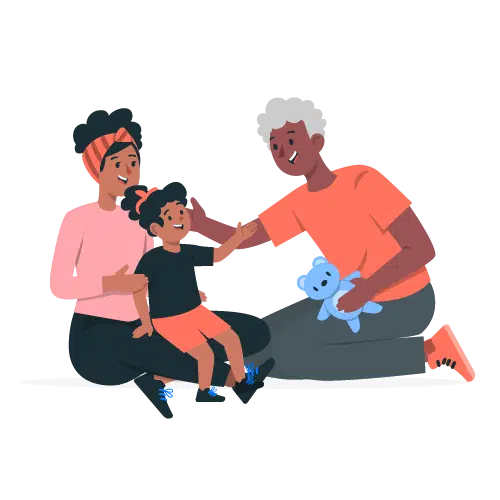
Group Family Constellation Therapy
Primarily, Group Family Constellation sessions use drama therapy or psychodrama therapy methods in them. The session is managed by the therapist or the facilitator, where they guide the seekers and other participants through the process.
Drama therapy is a way for individuals to connect with one another through various means. It’s a part of expressive therapy, where individuals work with creative tools to reach solutions for their problems.
There are different techniques involved in drama therapy such as role-playing, re-enactments of the scene, improvisation, storytelling, and more.
Another type of therapy used in Group Therapy is known as Psychodrama Therapy. It also focuses on re-enactments or dramatization through role play and improvisation to highlight the seeker’s personal problem or issue that causes conflict.
These tools are extremely helpful to the seeker in understanding the main problem, coming to a conclusion about it, and also help them come to terms with it so that they can move past it, especially in cases of trauma.
Individual Family Therapy
When the seeker is not comfortable with a group therapy session, they can also choose to engage in individual family constellation therapy sessions. These sessions also use different creative and experiential therapy methods to find the root of the problem and overcome it.
The two main types of therapy used in Individual Family Constellation Therapy are art therapy and drama therapy.
Art Therapy
Art therapy is a tool that helps people with various learning disorders and also is a great way for individuals to heal from past trauma and other family-related issues.
Drama therapy falls under art therapy, but here we are more focused on other types of art forms used by the therapist for their betterment and well-being. These include the following:
- Using toys to represent family members and creating re-enactments of scenarios.
- Using drawing as a tool to create a family tree to establish relationships and dynamics across generations within the family. This can help map out existing relationships over time and gain a better understanding of family patterns and problem areas.
Drama Therapy
When it comes to individual family constellation sessions, Drama Therapy works differently than it does in a group setting. Since there are no additional participants in the session, the therapist can role-play along with the patient to recreate the problem.
The therapist can also use puppets or figurines as a part of their therapy and assign roles to them. The patient will then explain their relationship with the figurines or puppets to the therapist to give the therapist a better understanding of the problem.
So far we have covered what family constellations are, how the form of therapy came to be, what the techniques are that are used by the therapists during their sessions, and the types of family constellation therapy that exist.
Now, in Chapter 4, we will take a closer look at some concepts that Bert Hellinger jotted down as a part of the family constellation therapy treatment.
Chapter 4:
Important Concepts of Family Constellation Therapy
There are five main concepts involved in Bert Hellinger’s family constellation therapy, which we will take a look at in this chapter.
They are crucial to understanding the inter-generational dynamics that evolve into behaviors, patterns, and conflict in families and their members.
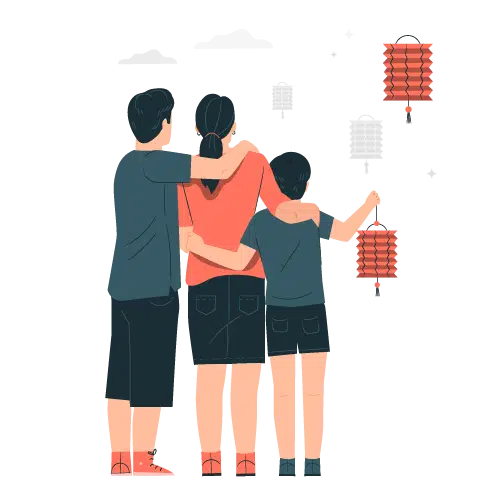
Drive to Belong
Drive to belong is considered to be the most fundamental aspect that affects the dynamics and relationships in the family.
According to Bert Hellinger, individuals will do anything to gain a sense of belonging, especially if it isn’t present for them in the family.
Morphogenic Field
According to Bert Hellinger, the morphogenic field is a sense of telepathy or an energy field that is present in a family. This energy transfers from one member to another, so the requirement of actual talk is minimal.
It exists as a form of transference of thoughts and feelings that the facilitator will attempt to extract in a group therapy session.
Excluded Family
Excluded family members are those who are not physically present in the family. According to the family constellation theory, these excluded family members continue to impact familial relationships and do affect the family dynamics present within the family.
The excluded family members could be an ex-spouse, a deceased family member, a miscarried child, or other members of the family that are not in contact with the rest of the family anymore.
Hidden Loyalties
Every person in the world has certain loyalties that they maintain with other people. For example, having a best friend means that the highest level of loyalty in friendship lies with that person.
Similarly, families also have hidden loyalties among themselves, and they can be with a person or people who is a part of the family or is an excluded family member. The family constellation theory states that these hidden loyalties also affect family dynamics and relationships, which can lead to conflict and stress within the family.
Orders of Love
Bert Hellinger also claimed in his theory that there are certain “Orders” that exist among each individual that guide their behavior and relationships.
Once the Orders of Love are in harmony, the relationships within the family are healthy and happy. If there is disharmony in the Orders, it can lead to harmful behaviors and unstable family relationships.
The first part of understanding what the Orders are is to understand that according to Bert Hellinger, there are always givers and takers of love in a family setting. The parents are the givers of love, and the children are the takers.
The Orders of Love discussed in Family Constellation Therapy are key to maintaining a balance between the givers and takers, so that the takers can become successful givers in the next generation.
There are three main Orders of Love, listed out by Bert Hellinger:
- The first Order of Love states that every member of the family has a right to belong in the family, and that no one deserves to be excluded from the family by any other member. If this Order is not balanced, then the other members of the family will try to overcompensate or act differently to restore the order, which can lead to harmful behavioral patterns.
- The second Order of Love is that the members who come first in the family get precedence over the members who come second. For example, a man’s first wife will hold higher precedence to the man than his second wife. The first child will hold higher precedence to the parents than the second child, and so on. Basically, whoever comes first gets higher precedence.
- The third Order of Love rests on the individual members of the family. They have a personal responsibility to themselves and the family at large to maintain the balance within the family. They need to understand that their behavioral patterns and actions can impact the rest of the family and affect the relationships. So, it is on every family member to do their best to maintain the balance, or the Order, to have peace in the family.
All the elements of family constellation therapy, along with types of treatment, and treatment methods have been discussed in the guide so far.
The next chapter in the guide discusses who all can benefit the most from using family constellation therapy as a tool to solve their problems.
Chapter 5:
Who Benefits from Family Constellation Therapy?
There are a lot of benefits that come with engaging in family constellation therapy.
Let us take a look at what these benefits are and who all can learn from them.

Who Benefits the Most from Family Constellation Therapy?
Those who benefit the most from participating in family constellation therapy, either in group therapy or individual therapy, include the following:
- Families with conflict
- Couples with relationship problems
- Families of neurodivergent children as well as neurodivergent children
- Those suffering from a disease and their loved ones
Benefits of Family Constellation Therapy
The benefits of Family Constellation Therapy include individuals and their spouses as well as families. With the help of family constellation therapy:
- Individuals can understand their toxic behavioral patterns.
- They can gain more insight into how their families impact their decision-making.
- They will be able to better establish the family dynamics present between different members of the family.
There are also other benefits that individuals can obtain from family constellation therapy. Family constellation therapy helps people reflect and introspect on their upbringing, their past, and the past of their ancestors, which in turn helps them understand themselves and their behaviors better.
Some of the problems that Family Constellation Therapy can help individuals with include the following situations:
- People who suffer from depression or have depressive traits
- People who have addictions they are trying to overcome
- People who suffer from anxiety and other related mood disorders
- People who want to heal from past trauma
- People who come from dysfunctional families
- People who are trying to overcome grief
- People who want to overcome negative behavioral traits
- People with phobias
Although the family constellation method of therapy seems to work wonders at helping individuals heal and reform their negative behaviors, it also comes with its own set of criticisms. The following chapter deals with the main critiques of Bert Hellinger and his theory.
Chapter 6:
Criticisms of Family Constellation Therapy
Although Hellinger’s theory has been widely accepted as a treatment method, there are certain criticisms that come with it. These criticisms are based on Hellinger’s beliefs, which lead to questioning his credibility with his treatments.
Let us take a closer look at what these criticisms are.
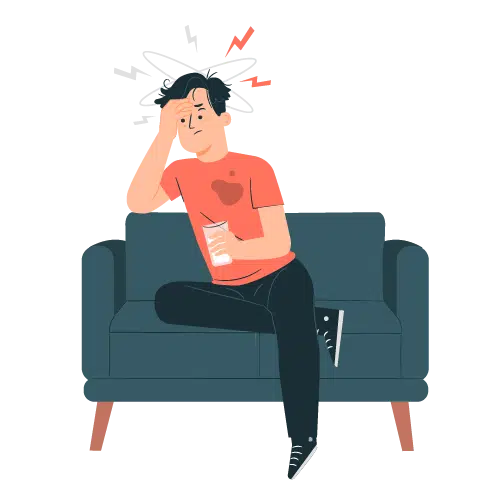
Hellinger’s Beliefs and Circumstances
Bert Helllinger is a man of his circumstances, which means a lot of his views are dated today. Some of the problems that can be found in his Family Constellations theory include the following:
- His work comes across as patriarchal because he takes an extremely patriarchal view of the family. For example, any marital conflict, according to his theory, is the fault of the wife, and not the husband.
- Hellinger also believed that homosexuality was a disease that disrupted the family’s harmony and that it could be overcome with Family Constellation Therapy and his workshops.
- There have been certain issues that have arisen due to his treatment method during his workshops because of the re-enactment of traumatic situations – especially if they are physically or sexually abusive in nature.
- Many of the people who have attended his workshops also believe that Bert Hellinger has anti-Semitic views, which can be propagated through his therapy.
Problems that Come with Revisiting Past Trauma or Stress
Another problematic aspect that comes with family constellation therapy is the issues that arise with revisiting traumatic events in the past.
A lot of the time, the patients or the seekers that want to resolve the issue cannot handle the emotional backlash of the workshop and it ends up making the problem worse instead of resolving it.
Those who have dealt with extremely traumatic events in their lives have built coping mechanisms to deal with it as a trauma response, and unearthing them can lead to an increase in emotional distress.
Lack of Comfort in a Group Setting
The family constellation therapy sessions typically take place in a group setting. This means that the seeker has to confront his deepest, darkest issues, in front of a group of strangers, and a lot of people are not comfortable with that setting.
Choosing individual therapy may not always be an option for them because a lot of people cannot afford it. Individual therapy, as mentioned before, also takes a lot longer to reach a resolution, which again becomes very expensive.
Resources
Conclusion
Congratulations for finishing this guide! With this, we have reached the end of the guide.
If you enjoyed reading this guide or found the information in it useful, please feel free to leave a comment. Also, if you have any feedback or thoughts on the matter, do not hesitate to get in touch with us and let us know!
Do you have any additional queries you would like answered?
Do you feel like some aspect of the guide wasn’t explained well enough?
Would you like to know more about the topic?
Leave your feedback in the comments section below.
We’re always here to answer all your doubts and queries.

Download a FREE PDF version of this guide…
PDF version contains all of the content and resources found in the above guide.



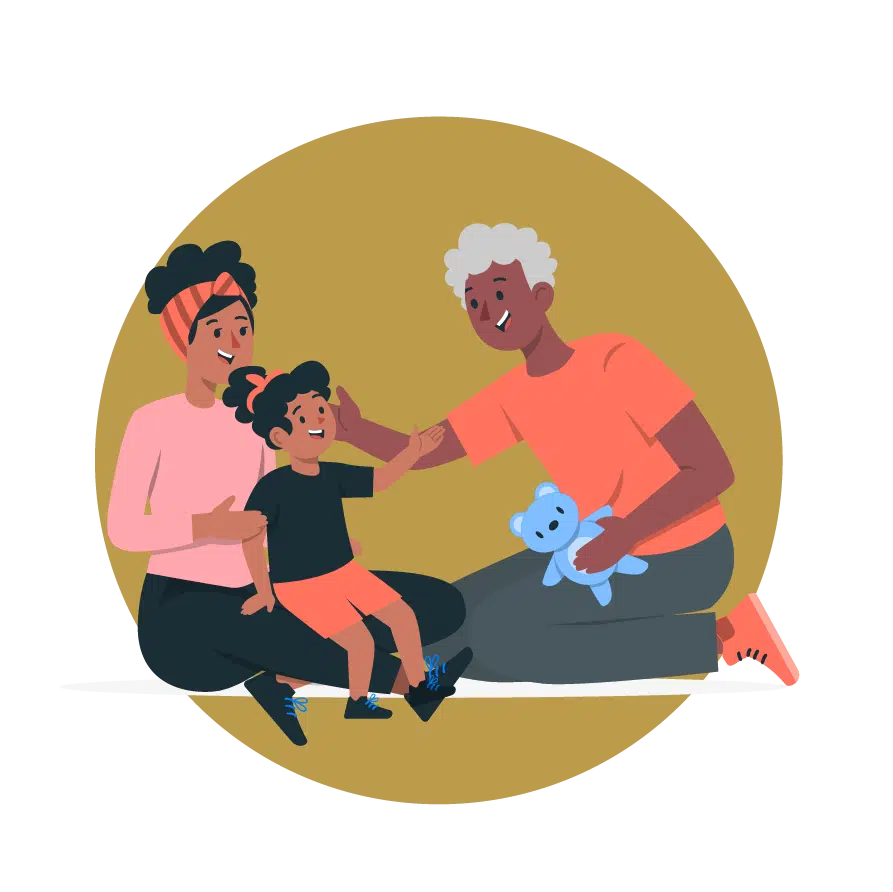
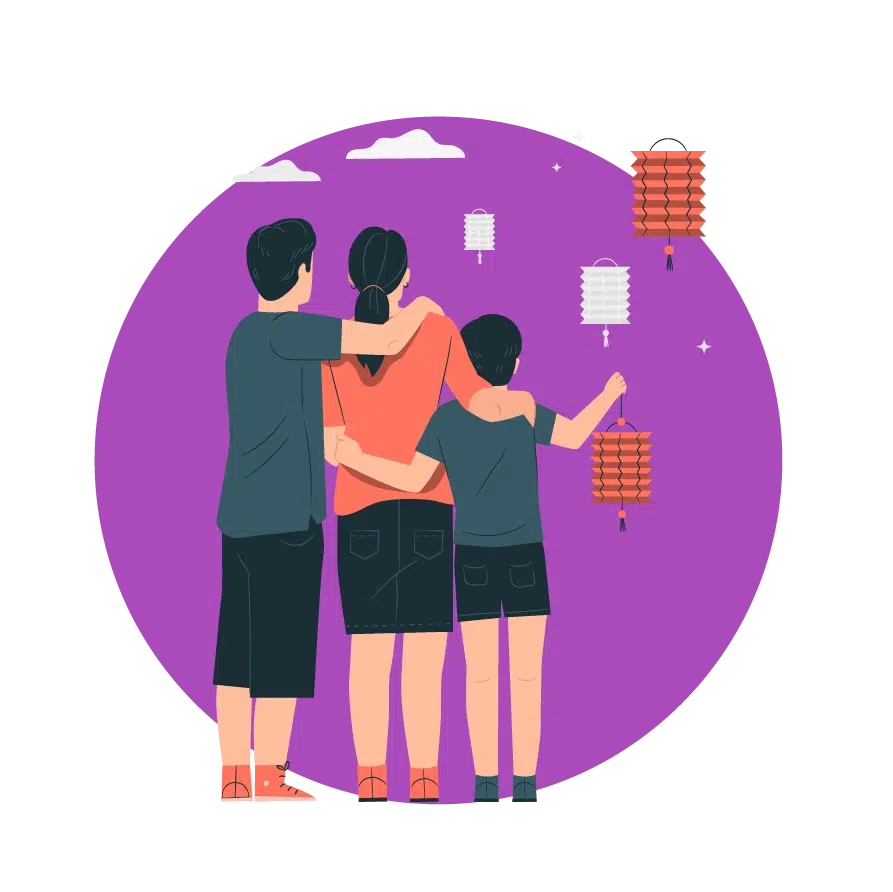


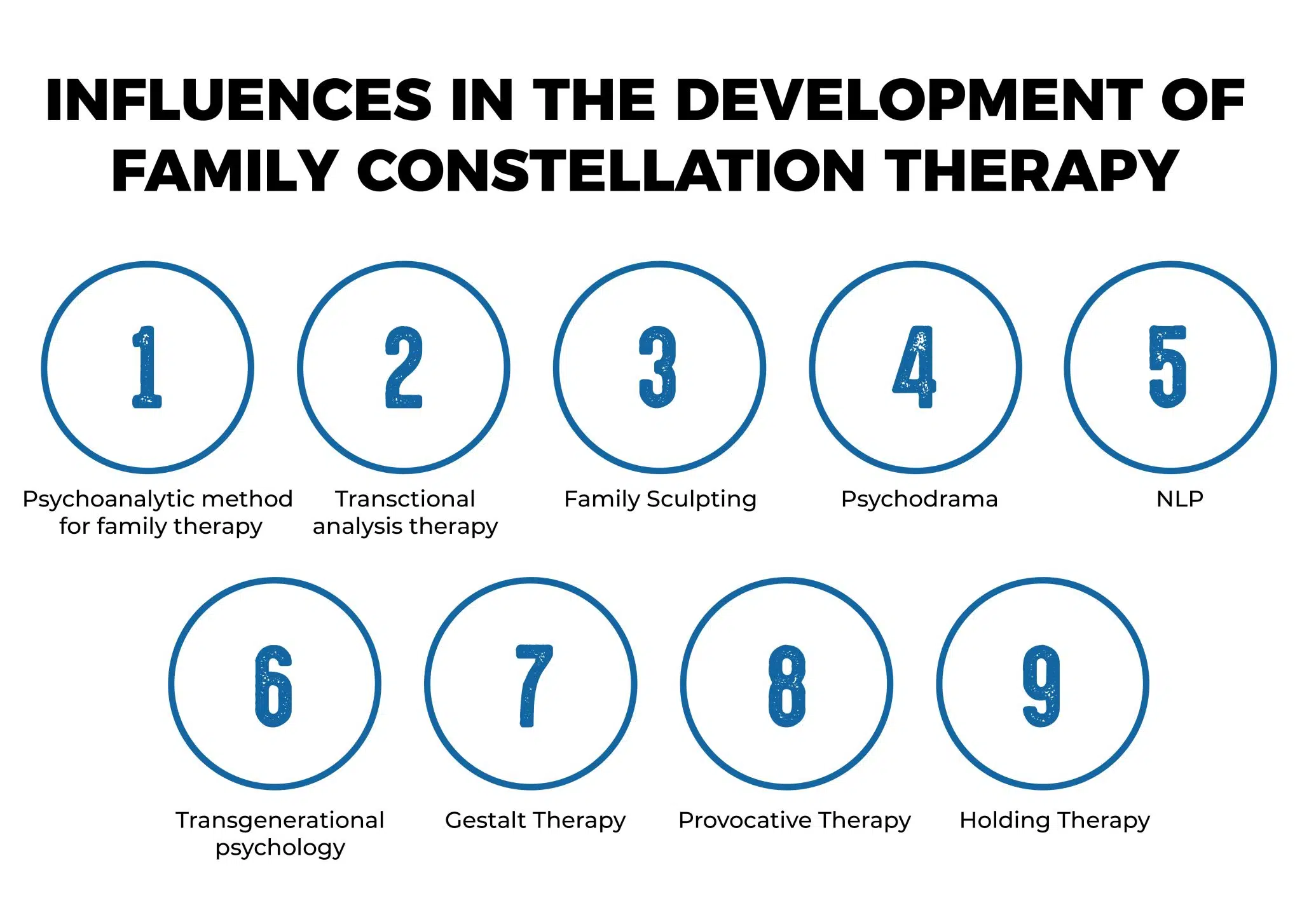

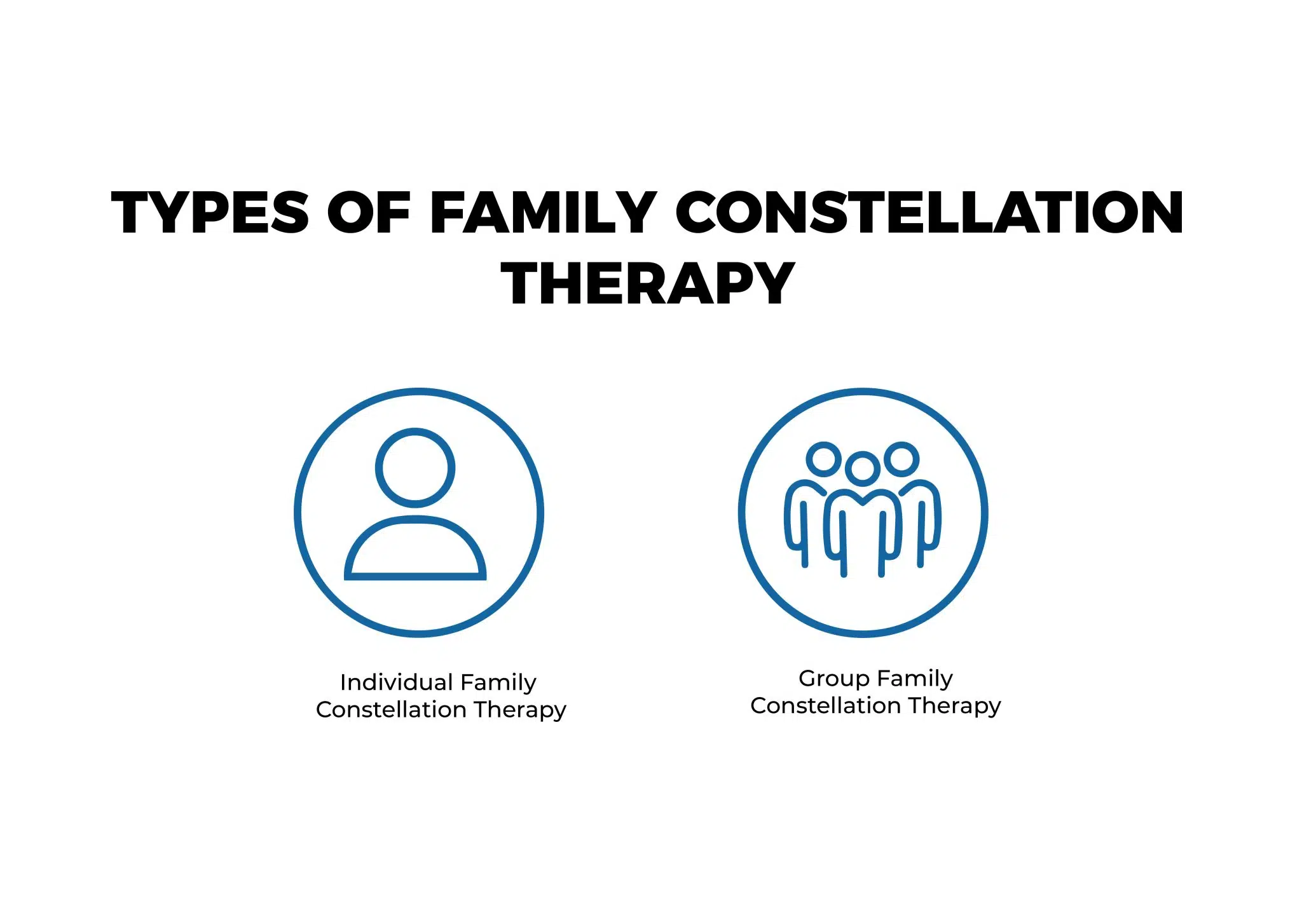
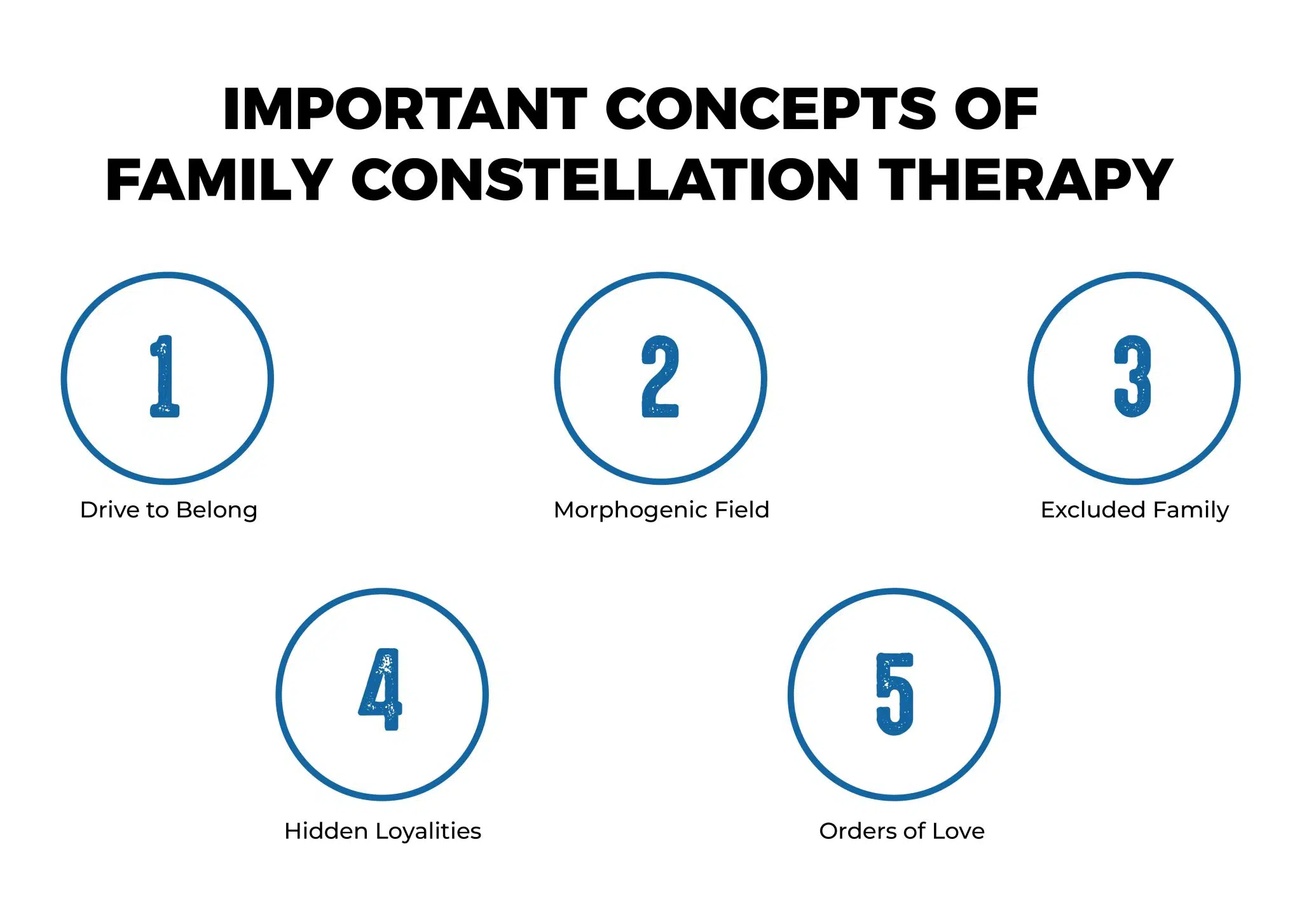





Where would I go for have a group session?
Thank you for this article, in general I found it great. I enjoyed reading it.